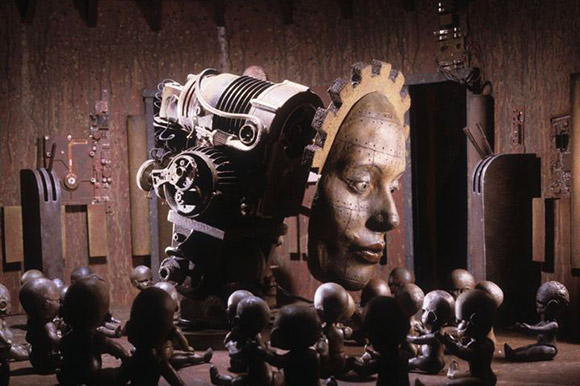Non-human Primates for Monday’s Panel
Hello again folks! So I will be representing non-human primates as a primatologist tomorrow in class. I’m not quite sure how well I will fit in with the general discussion and the other presenters on the panel tomorrow, but I will do my best to add my input. I thought that it would be nice to represent a non-humanoid portion of the world. I took Sid Perloe’s Primate Origins class at Haverford last semester, so hopefully I can remember some interesting tidbits.This post will be a bit disjointed since I still need to find all of my documents from the class, but I can give a general overview of some things that might be important and/or interesting in a gender and technology class.
- Some people use our primate “cousins” to try to prove points about the essential nature of humans. I would argue that generalizing beyond the species in question (for example, from chimpanzees or bonobos to humans) is a very dangerous endeavor. In every situation and species there are a million factors that add together to create specific behaviors and tendencies. Also, although chimpanzees may be our closest relatives and are often researched with that in mind, this is because the current scientific theory is that they are the most similar to our common ancestor, a chimpanzee-like primate. Evolution, time, place, culture, and convenience, among many other factors, stand between us and chimpanzees. Therefore, one must be very careful in how you apply primate research, such as the article mentioned by Laura earlier on gender-typical toy use, to the basic nature of humans.
- Primates differ considerably between different species in dominance, and roles. Baboons are male dominated. Hamadryas baboon troops consist of single male units in which one male dominates over multiple females. Savannah baboon troops are male dominated, but both males and females mate promiscuosly. In gorillas, the mothers take care of the infants. In some Tamarin species, the father is the primary caretaker and the female is dominant.
- I can’t say much to the difference between sex and gender in primates, since they are animals and we cannot tell what they think. We can project stereotypical ideas of gender, sex, and sexuality onto them, assuming that definitive groups can be made from the female/male dichotomy of which we are so fond. I know that some primates that have been observed could classify as homosexual or gender-queer under our definitions.
- As for technology, some primates make use of simple tools like sticks and rocks for distinct purposes such as escape, filtering, and food extraction. Although these new uses are often forgotten easily after the inventive member passes on, some primates pass on their knowledge to further generations. These practices pull into question our definition of technology once more. Is it human oriented? Does it have to be a complex mechanism?
Basically, as I said, I’m hopeful that I this knowledge can be helpful in some way and I would like to fill in some of the blanks in the class and bring in a new realm of gender and technology to consider both in regards to primates and our projections on non-humans.
Comments are closed.

I can see that you’ll be able to relate nonhuman primate behavior to our discussions of gender and our discussions of technology. How are you planning to apply primate behavior to our discussion of the relationship between the two? I’m gonna go out on a limb and assume your class last semester didn’t cover how male v. female primates use/engender different types of technology. I’m interested to see what you do with this.
That’s true. I don’t have enough material to discuss the gendered use of technology by primates. The instances that I have come upon are mostly for uses that are generally helpful for all members of the species. There was a mention at some point of a female primate who carried a stick around the way that young girls stereotypically carry dolls, but it really depends on the species and the circumstance. Male chimpanzees use sticks and any other props they can get their hands on for dominance displays, but I would question whether that qualifies as a tool or not. So there are some examples of a conceivable intersection, but I would not say that these notions interested the primates overly much. I don’t think that another primate would see a male playing with a doll-like stick and treat them as the “Other.” I suppose it’s more interesting to me to look at how humans use the technology of gender to use, view, and portray primates. I have to do this in a human-centric manner since we can’t know what is going through the primate’s brains.